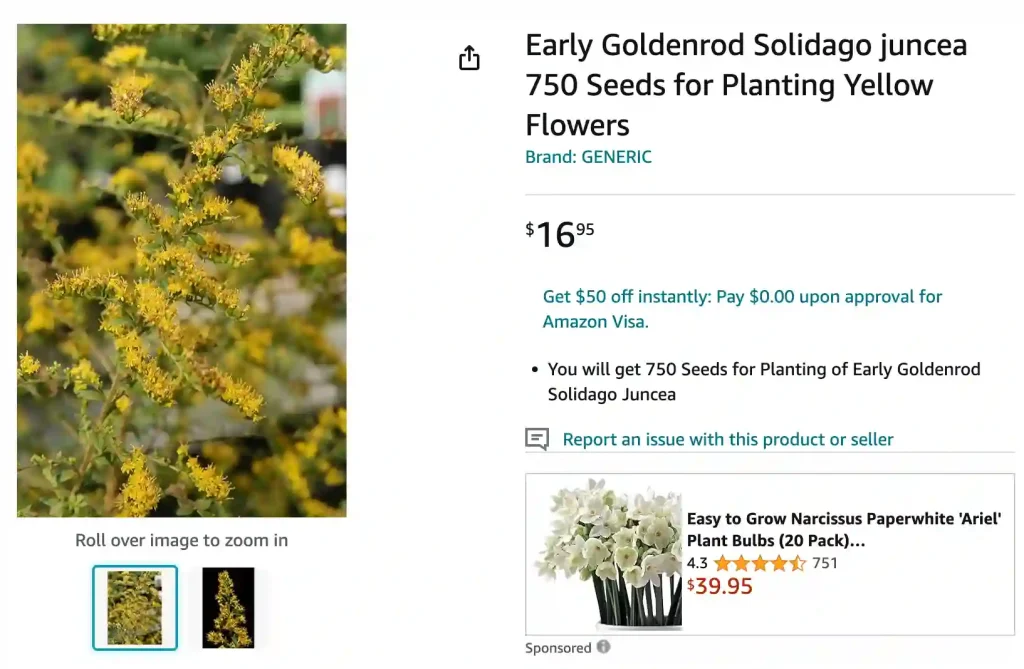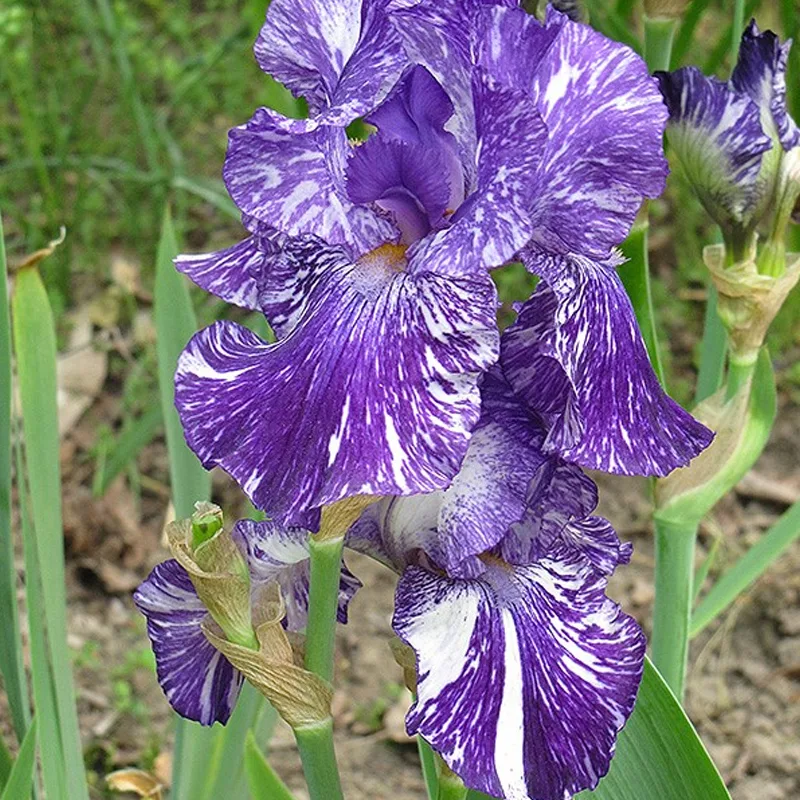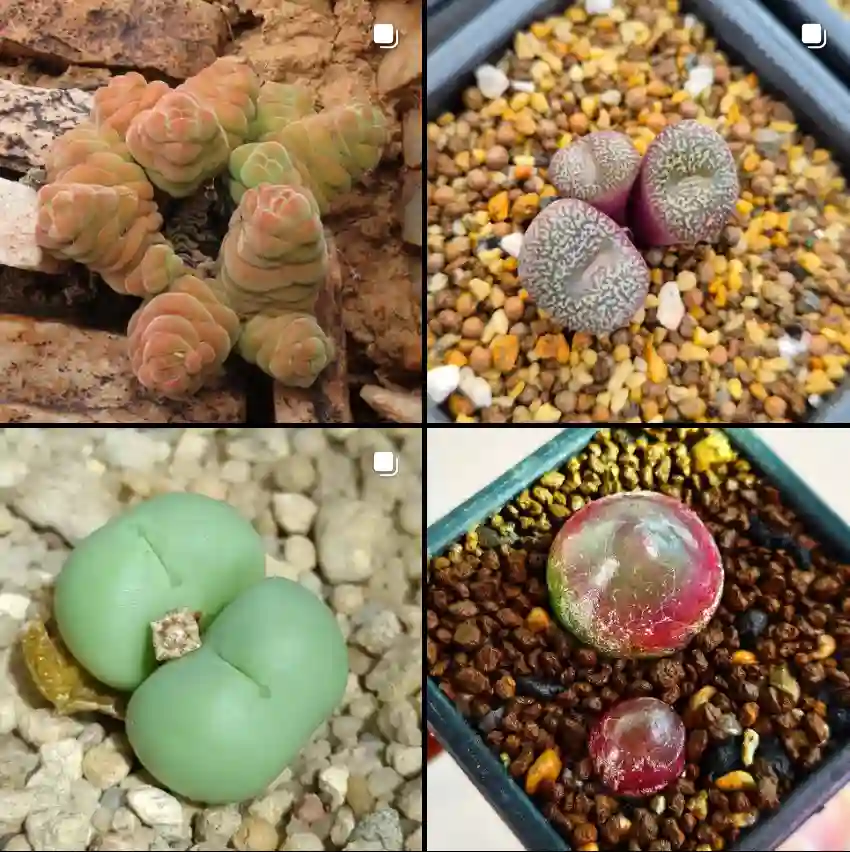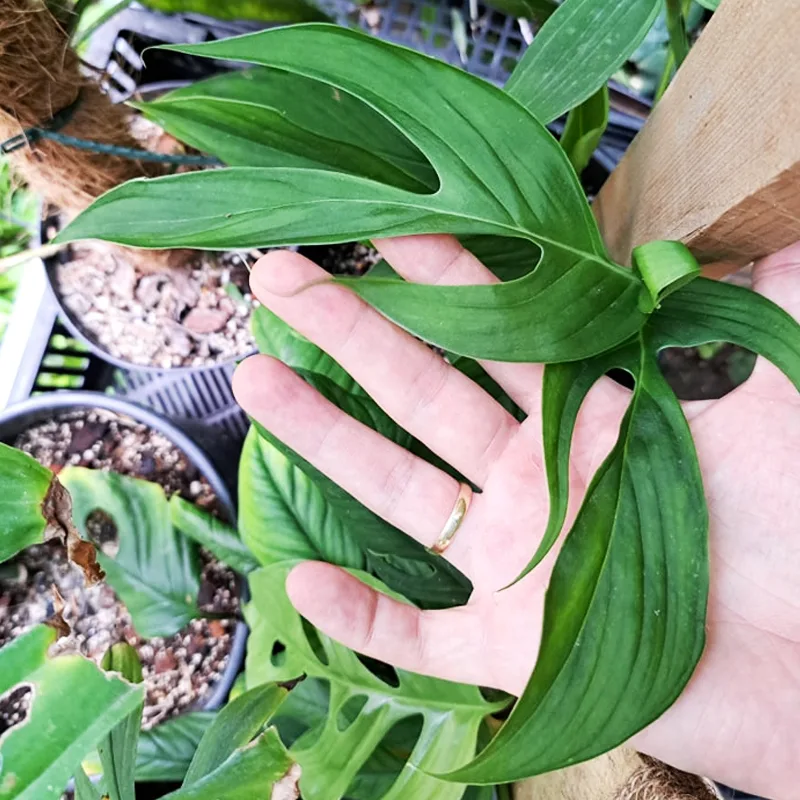
What is Solidago Juncea?
Solidago Juncea, commonly known as Early Goldenrod, is a vibrant, perennial plant belonging to the Asteraceae family. This species is native to North America and is renowned for its bright yellow flower clusters that bloom in late summer to early fall. It’s a hardy plant that thrives in various soil types and environmental conditions, making it a popular choice for garden enthusiasts looking to add a splash of color to their landscape.
145 Species in Genus Solidago
How to Care for Solidago Juncea?
Caring for Solidago Juncea is relatively straightforward, thanks to its resilience. Here are some key tips to ensure it flourishes:
- Sunlight: Solidago Juncea prefers full sun but can tolerate partial shade. Aim for at least six hours of direct sunlight daily to encourage robust growth and abundant blooming.
- Soil: It thrives in well-drained soil but is adaptable to various soil types. A slightly acidic to neutral pH range is ideal. Ensure the soil is not waterlogged, as excessive moisture can lead to root rot.
- Watering: Regular watering is essential, especially during dry periods. However, the plant is drought-tolerant once established. Allow the top inch of soil to dry out between waterings to prevent overwatering.
- Fertilizing: Solidago Juncea does not require heavy feeding. A balanced, all-purpose fertilizer applied in early spring will support its growth. Avoid excessive fertilization, as this can lead to lush foliage with fewer blooms.
- Pruning: Light pruning after flowering helps maintain its shape and encourages new growth. Remove spent blooms to promote a tidy appearance and prevent self-seeding if you prefer to control its spread.
How to Propagate Solidago Juncea?
Propagating Solidago Juncea is quite simple. You can use either seeds or division:
- Seeds: Collect seeds from the plant once the flowers have faded and dried. Sow seeds directly into the soil in late fall or early spring. Lightly cover the seeds with soil and keep them moist until germination occurs.
- Division: Divide the plant every 2-3 years in early spring or fall. Carefully lift the root clump and separate it into smaller sections, ensuring each section has roots and shoots. Replant the divisions at the same depth they were growing and water thoroughly.
What to Plant With Solidago Juncea?
Solidago Juncea pairs well with a variety of other plants, enhancing garden aesthetics and creating dynamic color contrasts. Consider combining it with:
- Echinacea (Coneflowers): Their purple or pink flowers complement the golden hues of Solidago Juncea.
- Rudbeckia (Black-eyed Susans): These add a similar bright yellow color, creating a unified, cheerful display.
- Heliopsis (False Sunflower): Their similar growth habit and sunny blooms blend well with the goldenrod.
Is Solidago Juncea Toxic?
Solidago Juncea is not known to be toxic to humans or animals. However, while it is generally safe, it’s always best to observe pets and children around new plants, especially if they tend to nibble on foliage. If any signs of irritation occur, contact a healthcare professional or veterinarian.
Benefits of Solidago Juncea
Solidago Juncea offers several benefits:
- Aesthetic Appeal: Its vibrant yellow flowers brighten up gardens and landscapes, especially in late summer when many other plants are winding down.
- Pollinator Friendly: The plant attracts bees, butterflies, and other pollinators, supporting local ecosystems and biodiversity.
- Low Maintenance: Its hardy nature and adaptability make it a great choice for low-maintenance gardens.
Common Problems with Solidago Juncea
Despite its hardiness, Solidago Juncea can encounter a few issues:
- Powdery Mildew: This fungal disease can affect the plant, especially in humid conditions. Improve air circulation around the plant and apply a fungicide if necessary.
- Invasive Spread: Solidago Juncea can self-seed and spread aggressively. Regular deadheading and dividing can help manage its spread and maintain control in the garden.
- Pest Issues: Watch out for aphids and spider mites, which can occasionally infest the plant. Use insecticidal soap or neem oil as a remedy.
Compare with Other Goldenrods
While Solidago Juncea is a fantastic choice, it’s useful to compare it with other goldenrods:
- Solidago Rugosa (Rough Goldenrod): This variety is more tolerant of wet conditions and has rougher, more textured leaves compared to Solidago Juncea.
- Solidago Canadensis (Canada Goldenrod): Known for its taller growth and aggressive spreading, it can be more invasive than Solidago Juncea.
Conclusion
Solidago Juncea, or Early Goldenrod, is a versatile and visually striking addition to any garden. Its ease of care, vibrant blooms, and benefits to pollinators make it a valuable plant for gardeners. Whether you’re looking to add a splash of late-summer color or seeking a hardy, low-maintenance option, Solidago Juncea is worth considering.
If i die, water my plants!



